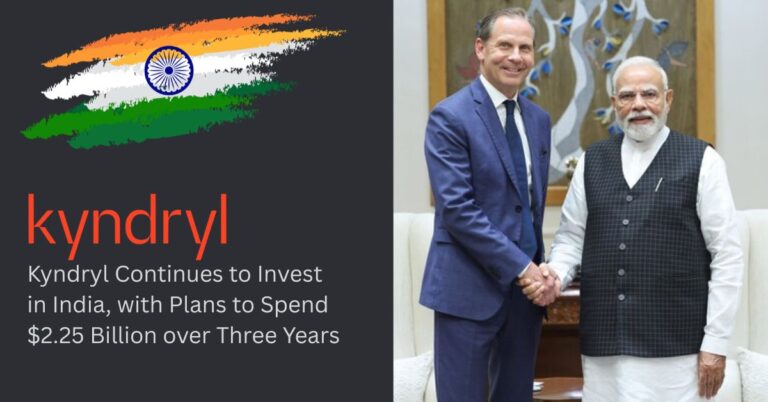- Tech News & Insight
- August 25, 2025
- Hema Kadia
Kyndryls' three-year, $2.25 billion plan signals an aggressive push to anchor AI-led infrastructure modernization in India's digital economy and to scale delivery across regulated industries. The $2.25 billion commitment, anchored by the Bengaluru AI lab and tied to governance and skilling programs, should accelerate enterprise-grade AI and hybrid modernization across


















